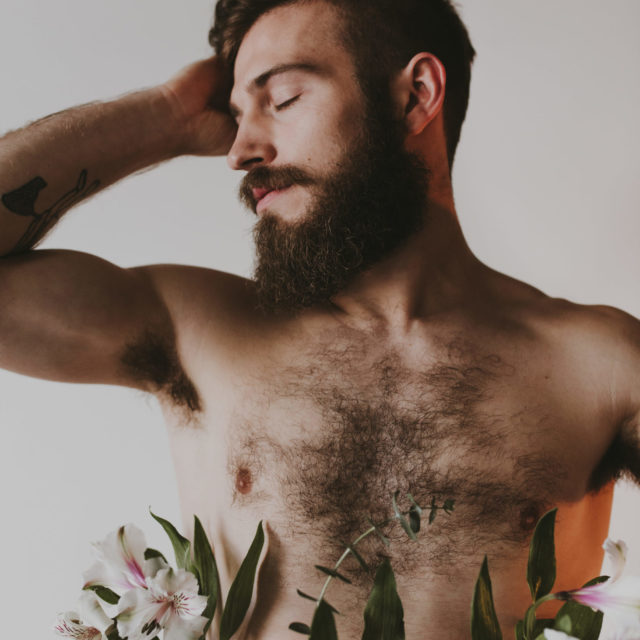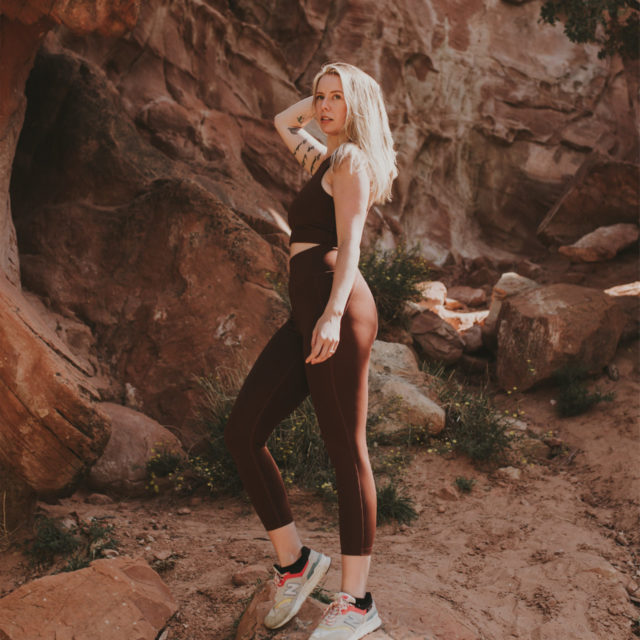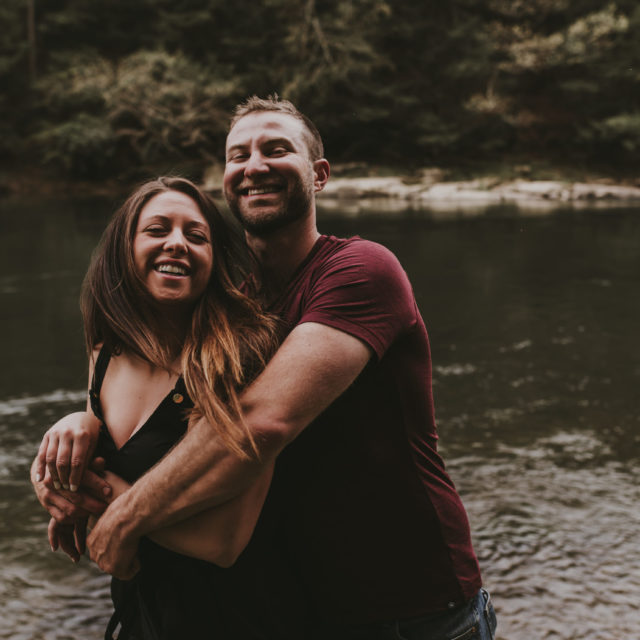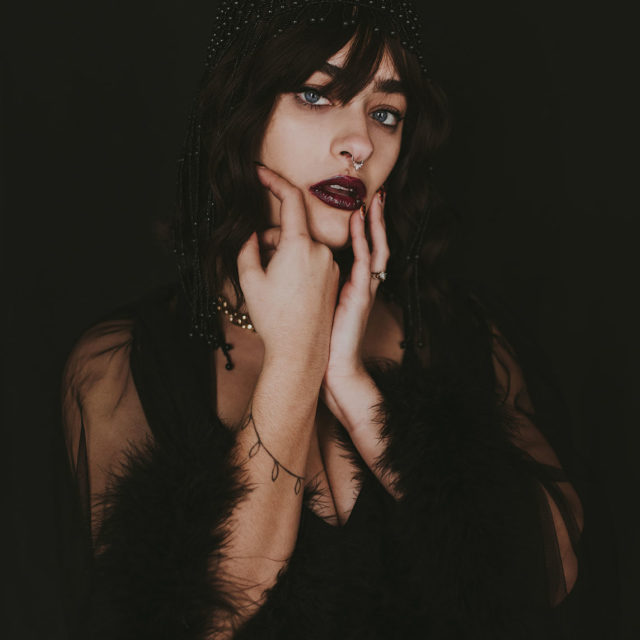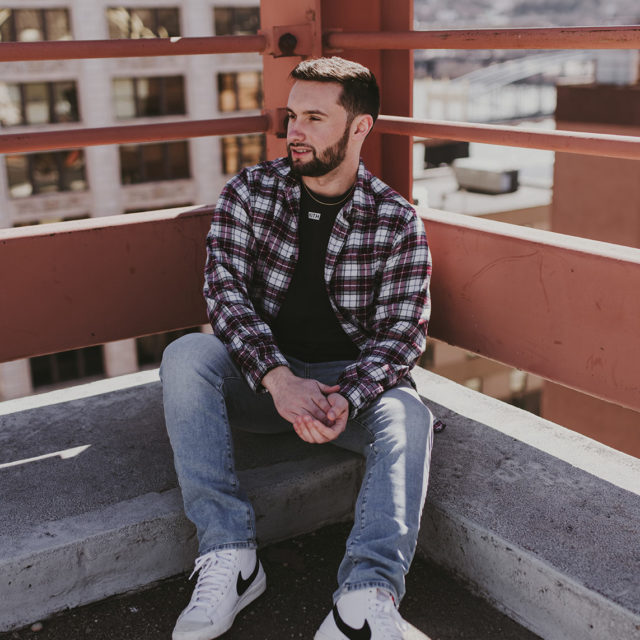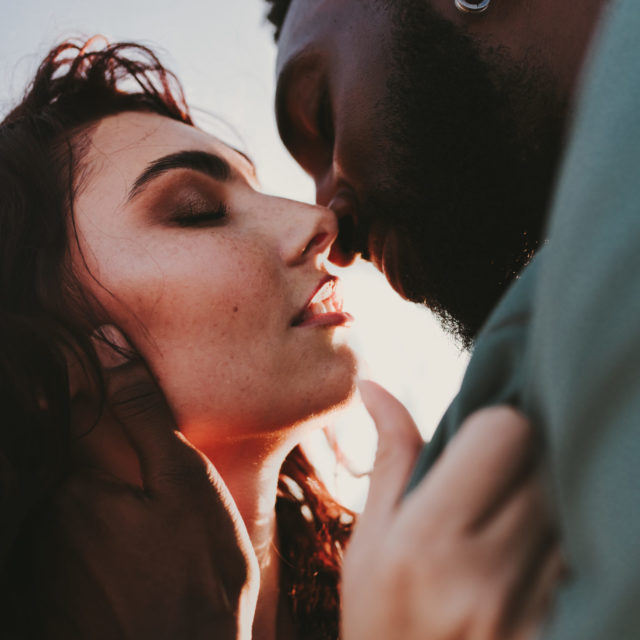So you have a special event coming up. Or you need headshots for your professional profiles. Perhaps you want to celebrate a relationship or family members with a special album. Maybe you just want new photos for your Instagram feed.
You decide you need a professional photographer.
Yes, you could have a friend take photos on an iPhone. But you’re never quite happy with the results. Maybe the photos need editing, and that’s just way more effort than you want to put in (or far more technical).
So, you need a professional.
But what is the average rate for a photographer? And why do photographers charge so much?
The reality?
You get what you pay for.
The friend you get to take photos for free with the iPhone? Not what you wanted: bad lighting, poor angles, hair is out of place or suddenly zits are noticeable.
The money you spend on a photographer?
Yeah, that’s the ticket. It’s everything you wanted. The lighting is perfect. There are no bad angles. Not a hair is flying away, and your skin looks flawless yet natural.
Here’s the thing:
That perfection you received costs the photographer time and money. It doesn’t stop (or begin, for that matter) with the photo shoot.
So let’s look at the factors that help explain why photographers charge what they do.
5 Reasons for Your Photographer’s Pricing
Five main factors contribute to the price a photographer charges:
- Time
- Overhead
- Market Value
- Experience
- Specialization
Each of these is very important when it comes to determining hourly or flat rates and can be put into a formula that looks something like this:
Cost of labor (time) + Overhead = Total Cost
————————————
Total cost + Market Value and Experience = Customer’s price
Let’s look at each of these.
1. Time
A photographer doesn’t just spend time taking photos. There are unseen steps to the entire process.
Pre-production:
This includes the time the photographer spends setting up. It can be equipment like lights and backdrops. It can be staging – arranging props, creating scenes, determining placements, etc.
This takes time out of the photographer’s day. Depending on the complexity of the photo shoot, this can take thirty minutes or more.
Post-production:
Once the photographer is done with the photo shoot, they don’t just upload the photos to your online album. There is editing to be done.
This editing can include adjusting lighting and shadows, retouching anything out of place, photo manipulation (think editing out the crowd at a famous landmark), or batch editing multiple photos at once.
Depending on the complexity of the edits and quantity of photos that will be provided in your album, this can take anywhere from 5 to 48+ hours (the latter equivalent to six 8 hour work days).
The amount of editing also affects the cost of goods sold. A photo with a small amount of retouching is “worth” less than a photo with heavy retouching and manipulation. This is because light editing takes the photographer less time, but it also uses fewer outside sources.
Which brings us to overhead costs.
2. Overhead
Overhead is any expense it takes to run your business. There are fixed expenses and variable expenses.
Fixed Expenses: maintaining software subscriptions and equipment, purchasing lighting, backdrops, lenses, etc.
These are the costs that keep the business running from month to month.
It could include the price of the photographer’s subscription to their editing programs, the expense to maintain a website domain, advertising, or professional fees.
And you have to figure in wear and tear.
Believe it or not, you can wear out a camera. Just like any piece of machinery, a camera’s internal parts give in to frequent use. So a photographer who takes thousands of photos a month, will need to replace their camera sooner than someone who takes a few photos on the weekend.
Similarly, like anything else, backdrops get old. They get dirty.
Someone can catch a foot on the edge and tear the backdrop. Shoes can leave prints on the fabric or paper backdrops are made of. Then there’s the damage of regular use: rolling and unrolling, hanging it up. This all causes damage over time.
Variable Expenses: props, outfits, studio space, travel.
These expenses may vary from photo shoot to photo shoot.
If you book a creative session, graduation, or even a portrait session, props will most likely be included.
These items cost the photographer money out of their own pocket, up front. Maybe they provide bouquets of flowers for your creative session or a bottle of champagne to pop for your graduation shoot.
Sometimes the photo shoot may be themed or formal. You rent or buy a dress. But if this is something the photographer wants you to wear and they provide it, they incur this cost.
Just like with studio space. Depending on the setting you wish for your shoot, a studio may best fit the requirements. A lot of photographers don’t have their own studios, and if they do, they likely pay rent (a fixed expense).
And let’s not forget about travel. According to weddingwire.com, if you ask a photographer to travel 60+ miles, they can ask for mileage. If the event is a destination wedding or elopement, you may be asked to pay for airfare and accommodations.
If the customer doesn’t pay for travel expenses, it can majorly impact the profit of a photo shoot (or there may be no profit at all).
Overall, both fixed and variable expenses benefit the customer (editing perfects the photos, props bring them to life), but hurt the pocket of the photographer. When figuring a price to charge customers, overhead expenses must be figured in.
3. Market Value
When it comes to photography, there are market values and standard photography rates. Again, a lot factors into the spread of prices.
(Disclaimer: The given figures are average costs and may not reflect my own prices.)
Event Photography
For an event, the rate can depend on the size of the event, the location, the experience level of the photographer.
The photographer will have to bring in their own lighting, equipment, back-up equipment, and possibly another photographer if the event has a lot of attendees.
The rate for an event photographer is typically between $200 and $500 an hour.
Portrait
A portrait session including the photo shoot and print package usually costs between $150 and $300.
However, different portrait sessions can have different price points. Some photographers will offer scenario specific photo shoots: corporate, family, school.
When determining the cost of such packages and scenarios, the photographer must take into account the variable expenses: will there be props, a studio space? How much time will it take to set up the space beforehand?
The complexity of the shoot will determine the cost.
Graduation
Graduation prices can range anywhere from $100 to $400 per session.
It is typical for the photographer to offer tiered packages. At standard, a cap and gown, tassel, and digital images will be provided.
However, a higher tier may include additional props (that champagne), as well as location or studio photos.
Wedding
Wedding photography costs between $1,500 and $3,000 with an average of $2,000.
However, the cost can vary heavily based on the experience of the photographer, the number of guests attending (there may be a need for an additional photographer), the date and location of the wedding.
A wedding photographer is going to be in more demand in the summer than they are in the winter. They can increase the cost based on this.
A wedding shoot can include anywhere from 6 hours to unlimited coverage. The more time, the higher the price. The photographer will, of course, factor this into the cost estimate as well.
Website/Product Photos
Product photographs for websites like Walmart and Amazon can be priced $25 – $100 per copy. Not only are you paying for the time of the photographer but also the time it takes to set up each product.
There also may be a need to retouch the image.
4. Experience Level
Experience is also a big factor in determining rates for photography.
Someone with more experience will charge more than someone who is just starting out. With experience, you’re paying for more than hours spent behind the camera.
A seasoned photographer is going to know more about lighting, posing, directing, editing. They have the knowledge someone with less experience has yet to gain.
Beginners:
Beginners may also be called amateurs. They may charge $25 – $75 per hour or $25 – $50 per image. (This seems like a beginner rate.)
These people will be hobbyists, just starting out, or perhaps not super serious about making photography a full-time profession.
Students:
Students of photography may charge $50 – $100 per hour or $25 – $100 per image.
Students will have formal training but will still lack long term experience. Their prices may increase if they are further through school or if they have professional experience (perhaps from an internship).
Entry-Level (Semi-Pro):
Entry-level photographers may charge anywhere from $50 – $150 per hour or $50 – $150 per photo.
Entry-level will be starting out in the photography world. Probably with formal training (students right out of school) or at least one year of experience.
Professional:
At the professional level, a photographer may charge $75 – $250 per hour or $75 – $350 per photo.
Professionals will know the ins and outs of pre and post-production, equipment, etc. Their skills will be fine tuned and timing estimates will be precise. You won’t be paying for any wasted time or effort.
Top Professional:
These photographers are the cream of the crop, the high-end. And you’ll pay for it at $250 – $500 per hour or $400 – $1,000+ per photo.
5. Specialty
If your photographer is a specialist (meaning they only take certain types of photos), this can affect the pricing as well.
Specialty photographers are experts in their field and can charge accordingly.
Think of a sports or wedding photographer. They only have one opportunity to snap the perfect photo. There’s no studio or staging for them to rely on to take multiple shots of the same pose. Therefore, they depend on perfect timing and accuracy.
The same can be said for portrait, fashion, or product photography. If the photographer specializes, then they know what they are doing for this particular field.
The Takeaway
That’s a lot of information to take in. If you want a look at another source, Fash.com gives a quick (and in-depth) look at pricing factors.
But here’s the main point:
According to the Bureau of Labor and Statistics, photographers make an average $48,210 wage. But the annual wage can vary anywhere from $24,540 to $77,760. Typically in metropolitan areas, a photographer is making $47,000 to $76,800.
Is this straightforward? No. A lot of factors go into determining the pricing your photographer chooses, and obviously they can make a little or a lot of money.
Plus, alot of it is subjective. The value the photographer may put on their time can be less than the value you put on their time; the profit the photographer wants to make may seem like more than you want to pay.
That’s why there are different levels of experience and price points. If you want something cheaper, experience will probably be less (and maybe quality).
Just keep in mind: photography is a profession too. It’s really not an “anyone can do it” sort of thing. Therefore, photographers deserve to be paid what they are worth:
Just like any other employee.

